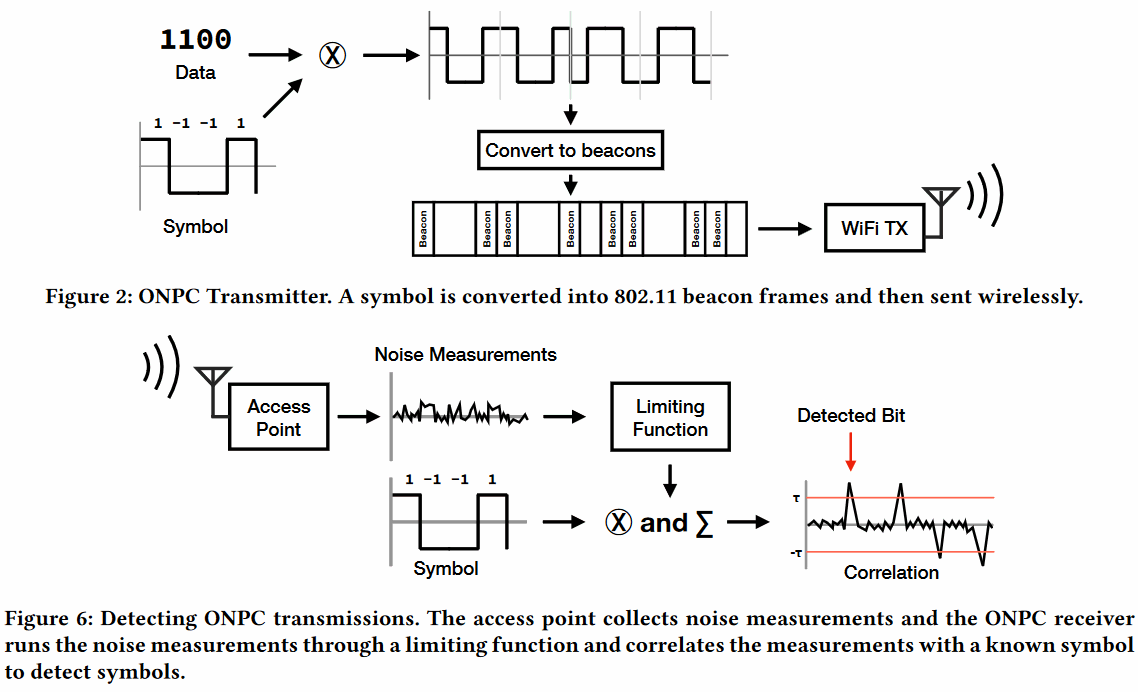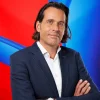Scientists Use Software Tweak to Boost WiFi Range by 67 Metres
At present most of today’s WiFi wireless networks, which usually come from your broadband ISP router, tend to require extra hardware (extenders or mesh repeaters) in order to boost their coverage around your home. But scientists in the USA have found a way to significantly improve wireless reach via software, albeit with a catch.
We all know what it’s like. You plug in a new wireless router that claims to be capable of delivering several Gigabits per second over WiFi, only to find that the signal degrades so fast around your home that some rooms barely get a signal at all and the speeds tend to be significantly slower than advertised.
Unfortunately the laws of physics can be pesky things and tend to hinder the capabilities of low power radio spectrum signals, particularly on higher WiFi bands like 5GHz that will struggle to spread around your home more than the lower frequency 2.4GHz band.
Advertisement
However a team of researchers working at the Brigham Young University in Utah has discovered that there’s still some room for improvement and in fact it’s one that can be done via software. Essentially the scientists created a new protocol – On-Off Noise Power Communication (ONPC) – that makes it possible to send and receive the WiFi signal over a significantly extended distance. No new hardware required.
How does ONPC work?
The caveat here is that this team were focusing their efforts upon trying to connect Internet of Things (IoT) style devices (e.g. remote sensors) via WiFi, which tend to reflect very lower powered devices with extremely low data speed requirements. As such if you want a real boost, including to speeds, then a WiFi extender or mesh system may still be the way to go (see our ‘Top WiFi Connection Tips‘ guide).
Essentially what ONPC does is enable the WiFi network to maintain a stable connection down to a speed of just 1bps (bits per second)! As such this isn’t so much about boosting the speed of an existing wireless network, as it is about improving coverage and connection stability at extremely low speeds. By doing this it becomes possible to extend the reach of a WiFi network by over 60 metres.
The Technical Explanation
To achieve this long range, we use the transmitter as an RF power source that can be on or off if it does or does not send a packet, respectively, and a receiver that repeatedly measures the noise and interference power level.
We use spread spectrum techniques on top of the basic on/off mechanism to overcome the interference caused by other devices’ channel access to provide long ranges at a much lower data rate. We implement the protocol on top of commodity WiFi hardware.
In other words, a Wi-Fi enabled device will send a deliberate noise signal, as well as a data signal. After that they programmed into the Wi-Fi sensor a series of 1s and 0s, essentially turning the signal on and off in a specific pattern. The Wi-Fi router could then distinguish this pattern from the surrounding wireless noise (e.g. from other electronic equipment) and therefore know that the sensor was still transmitting something, even if no data was being received.
Advertisement

The solution could be particularly handy for sensors that only need to send the most basic ‘on’ or ‘off’ information about their state (e.g. garage door or air quality sensors) as it can work down to just 1 “bit” of information (bps); not enough for a proper WiFi data connection but enough for basic sensors. However it could also help to maintain a stable data connection at distances where such a thing would not ordinarily be possible.
During their research, the team successfully implemented their ONPC protocol, along with a comically named application to manage the protocol (“Stayin’ Alive” – harking back to the Bee Gees), ultimately extending the range of an off-the-shelf device 67 meters beyond the range of standard Wi-Fi.
Phil Lundrigan, BYU Assistant Professor (Computer Engineering), said:
“We can send and receive data regardless of what Wi-Fi is doing; all we need is the ability to transmit energy and then receive noise measurements. We could apply this to cellular or Bluetooth as well.
That’s the really cool thing about this technology: it’s all done in software. In theory, we could install this on almost any Wi-Fi enabled device with a simple software update.”
None of this is intended to replace IoT focused long range wireless technologies like LoRa. However, as suggested by Lundrigan above, the same approach could be used to improve the reach of those networks too. One catch for those at home hoping to benefit is that it only starts working in specific situations, such as when “Stayin’ Alive” detects that the Wi-Fi device has lost its connection and then it begins transmitting data using ONPC.
Advertisement
Hopefully we might see this being implemented into a future WiFi standard – likely to be some years away – and only then will we be truly able to judge is usefulness. But in theory this could be added to existing WiFi networks too via firmware, although that would still require a lot of testing and approvals to be granted first.
Mark is a professional technology writer, IT consultant and computer engineer from Dorset (England), he also founded ISPreview in 1999 and enjoys analysing the latest telecoms and broadband developments. Find me on X (Twitter), Mastodon, Facebook, BlueSky, Threads.net and Linkedin.
« KCOM Scraps Rental Charges for Landline Phone Handsets


















































Comments are closed